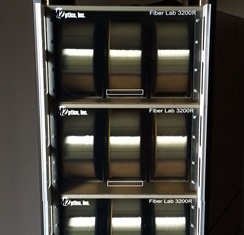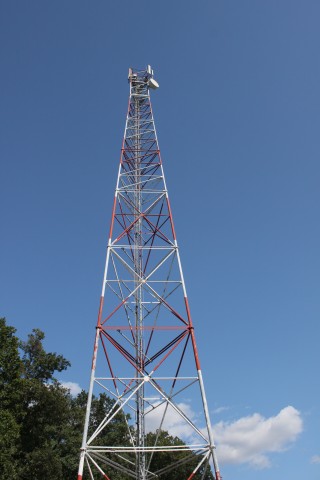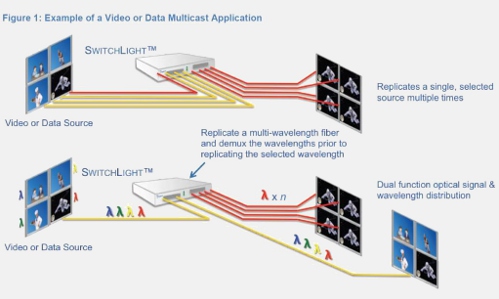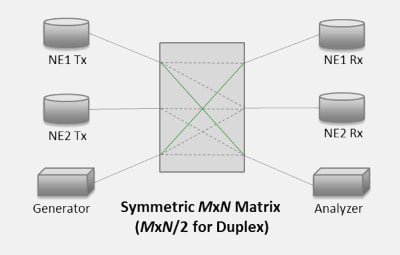Optical fiber is made by drawing glass or plastic to a desired length and diameter (slightly larger than a human hair). This flexible and highly pure fiber is most commonly used to transmit light for a wide range of applications including visible light displays, sensors, and high-speed communications networks which we will discuss in this article.














